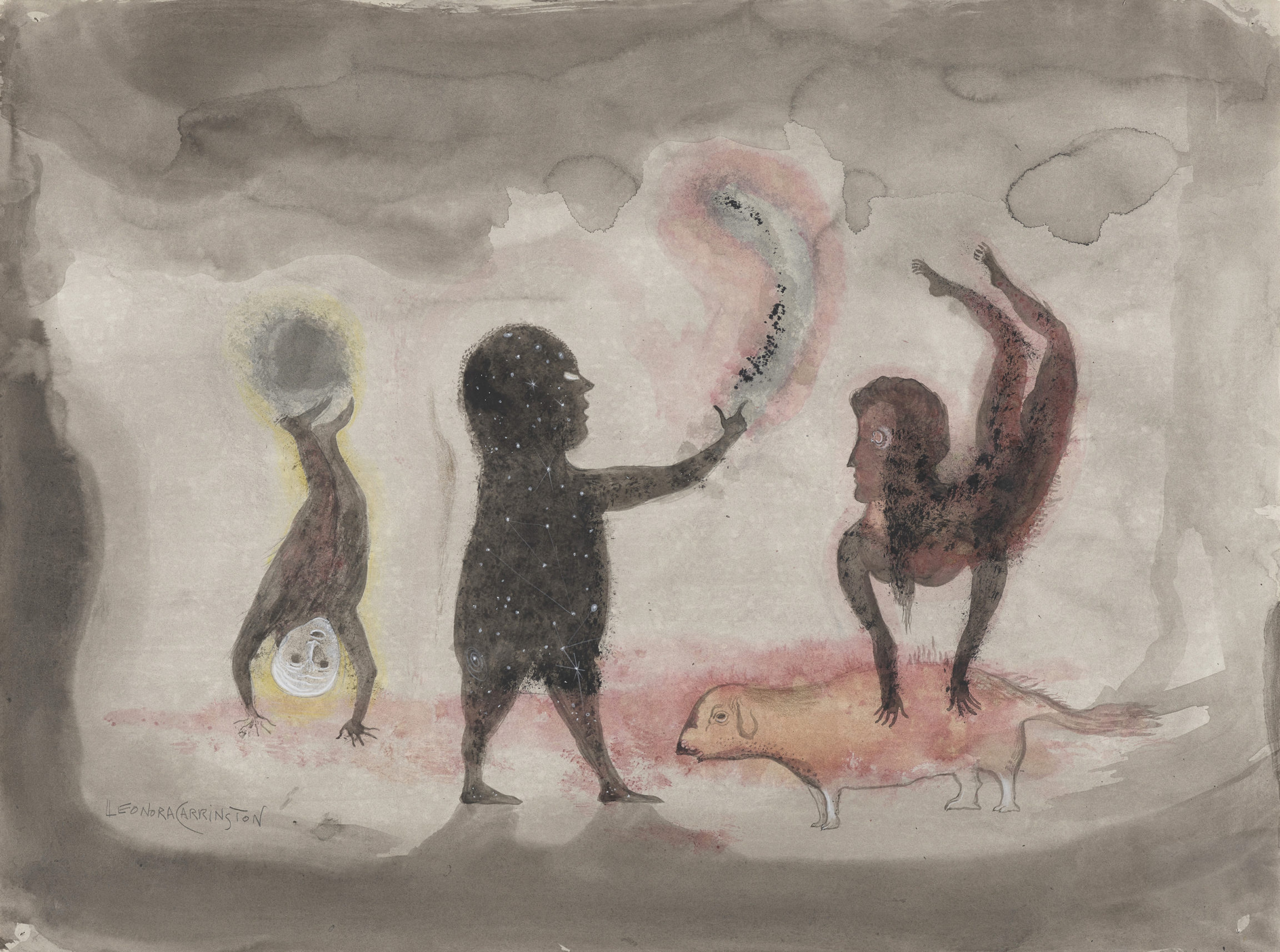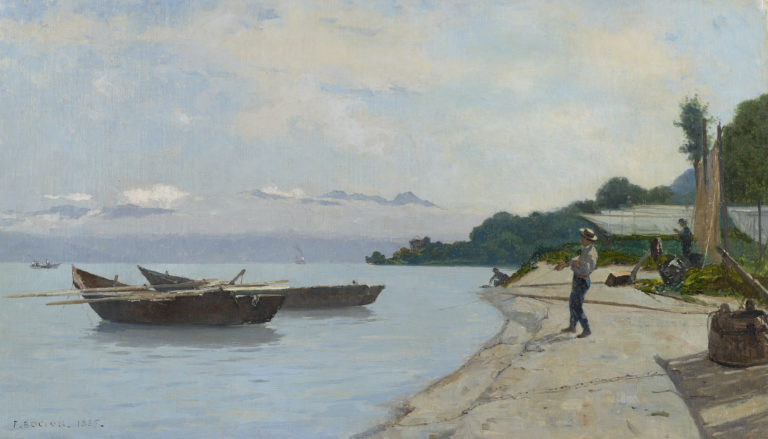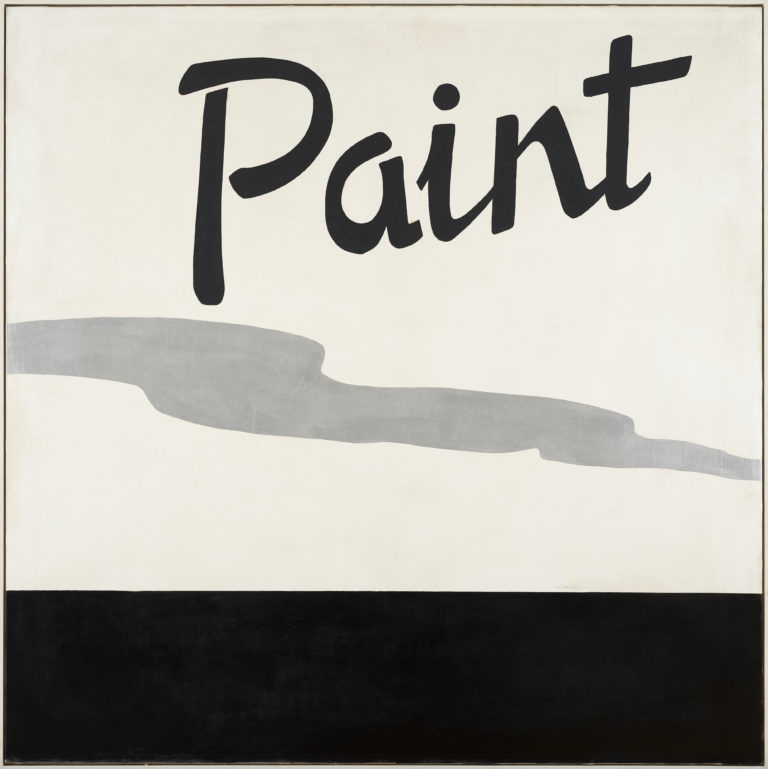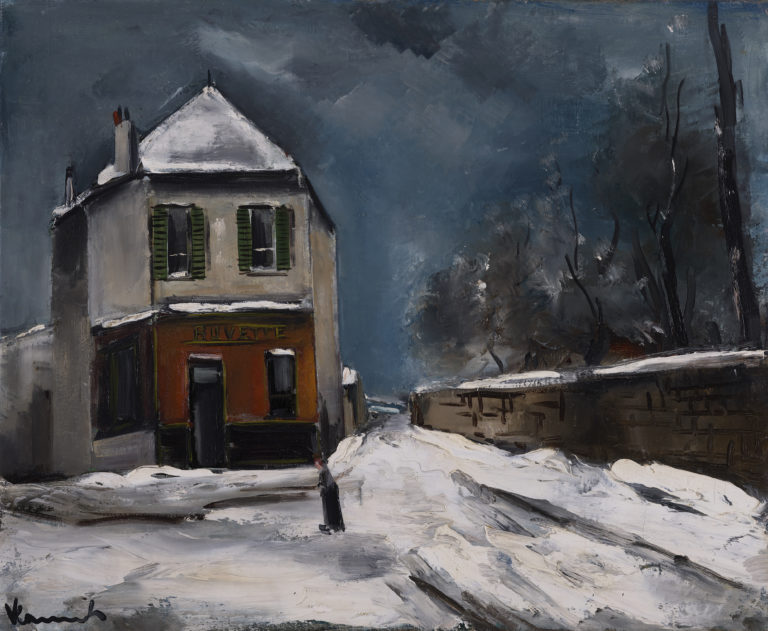Bibliography
Teresa Arcq, Martín Carlos (ed.), Leonora Carrington: Revelation, Barcelona, RM Editorial, Madrid, Fundación MAPFRE, 2023.
Jonathan P. Eburne, Catriona McAra (ed.), Leonora Carrington and the International Avant-Garde, Manchester, Manchester University Press, 2017.




Leonora Carrington was a wild, rebellious child. She showed an early aptitude for drawing, proved ambidextrous as a painter, and wrote her letters backwards. She also developed an interest in the supernatural world. She discovered the artists of the Italian Renaissance on a visit to Florence, where il Sassetta’s angels and Botticelli’s graceful figures made a lasting impression on her. After meeting Max Ernst in 1936, she was often associated with Surrealism – a label she rejected throughout her long life. Her creative output in both art and writing was rooted in the fantastical narratives of mythology. She was passionate about animals, particularly horses, and drank in the Celtic and Irish myths recounted by her mother and grandmother. She was also a great reader of Lewis Carroll.
This gouache reflects her interest in dreamlike states. Four figures seem to float in indeterminate space, as if plucked from a dream. The left-hand figure is doing a handstand and juggling with his feet; the central figure is stroking an ethereal form, while the figure on the right is performing an acrobatic trick on the back of a short-legged animal. The figures are ringed with colourful haloes or spangled with constellations as they play their mysterious games. Leonora Carrington sometimes compared herself to an acrobat or a gypsy: she may have seen these hybrid figures as a way of playing with her own identity. They all form part of the fantastical bestiary she began compiling from the very outset of her artistic practice, enriching it over the years as she experienced new life events. One of the most significant was certainly spending long periods in Mexico from the 1940s on. There, she encountered an intensity of imaginative power she had not experienced elsewhere. Her bestiary, the perfect illustration of her sense of miracle and wonder, was the symbolic intermediary between her subconscious and the world of myths on one hand, and reality and the natural world on the other.